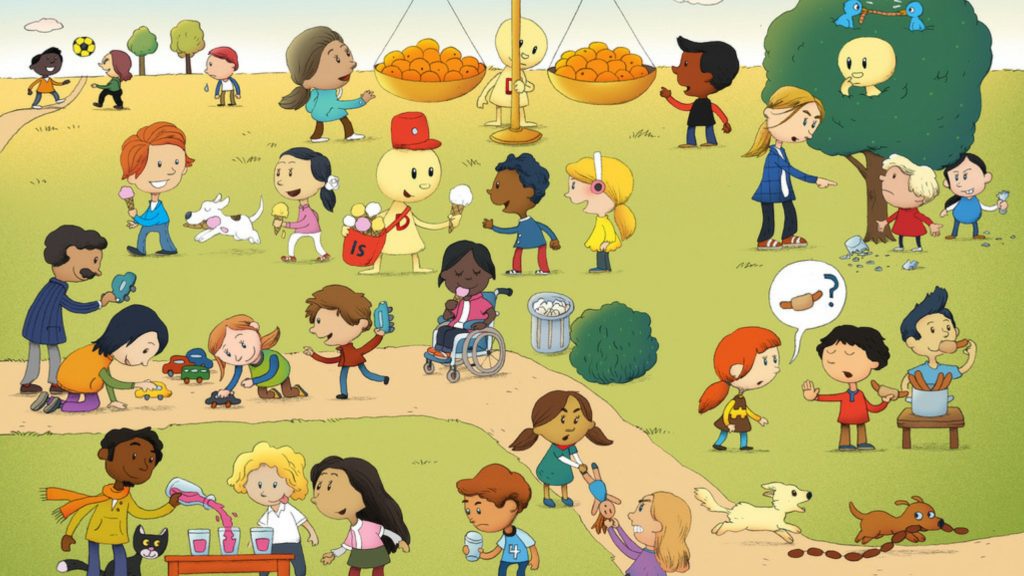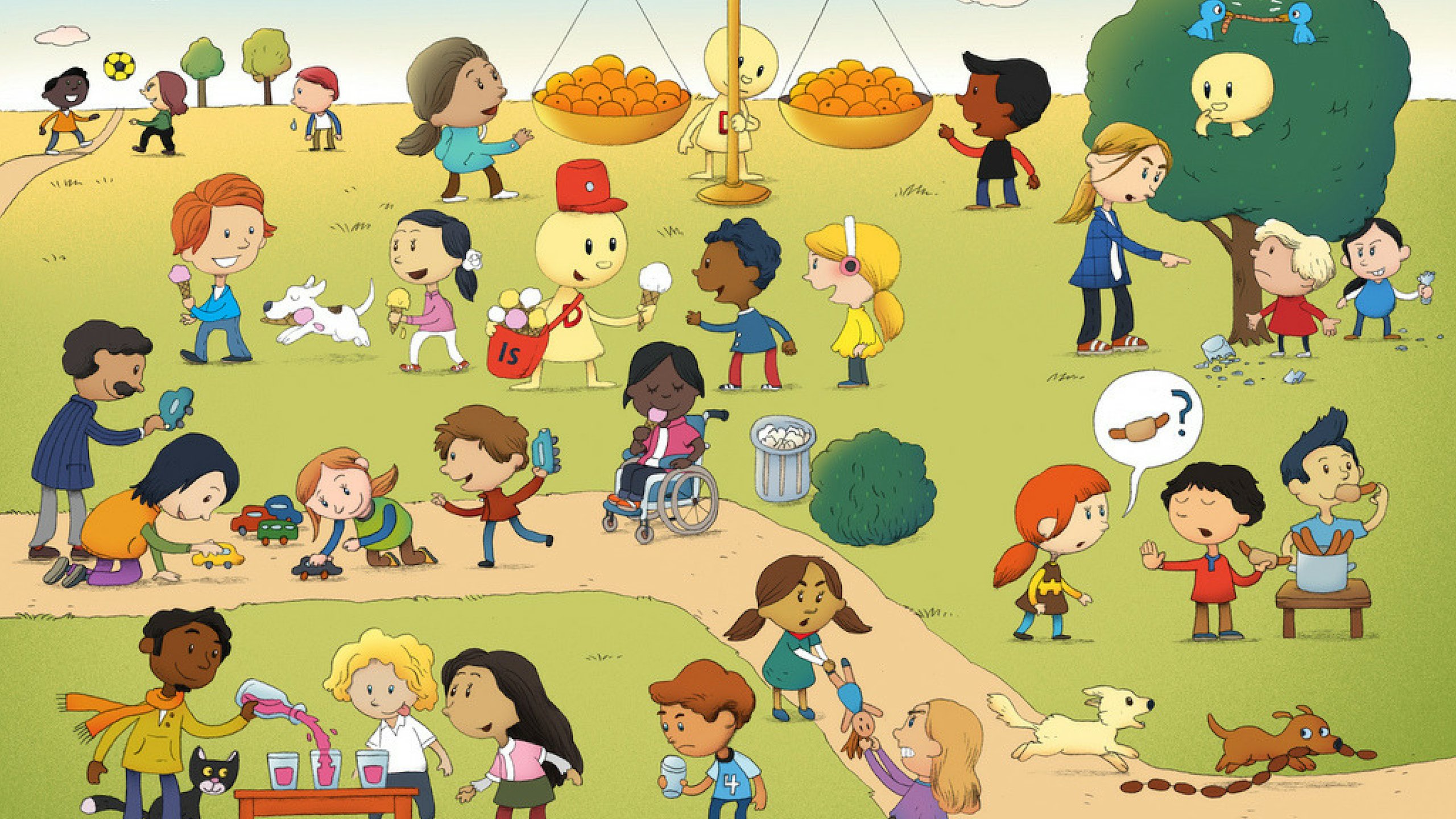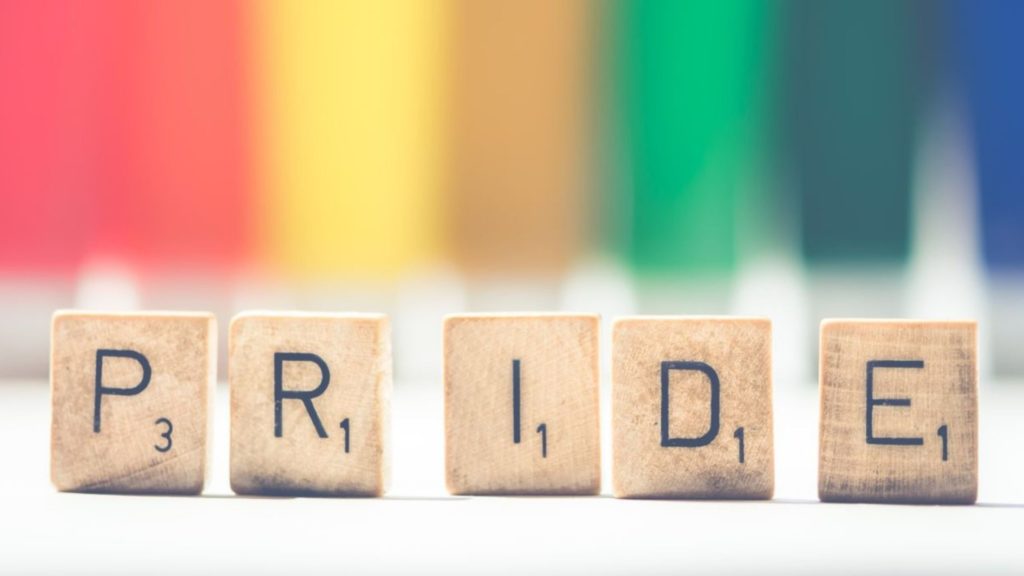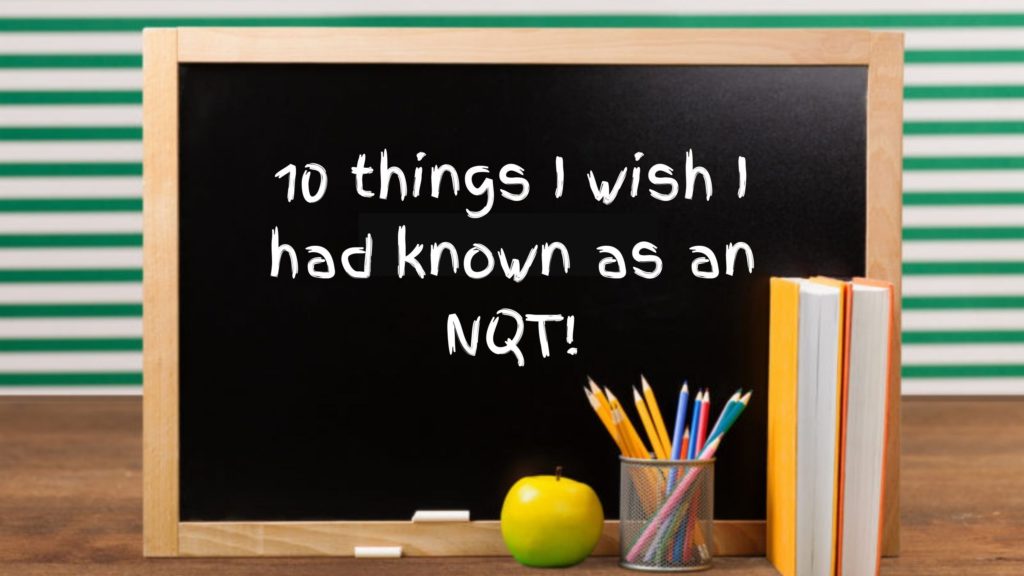5 ways to stop racial discrimination in the classroom

Despite consistent efforts, the noxious symptoms of racism continue to be rife in schools with no cure in sight.
Without a remedy, ethnic minority pupils confronted with racial hurdles will continue to disconnect from school, the school to prison pipeline will continue to flourish and, worst of all, these children will continue to lose their desire for an education, entirely.
The uncertainty that many educators have about discussing race is nothing new. However, when race-related events occur, regardless of whether they are domestic or global, many school leaders, classroom teachers and assistants respond with ambiguity, avoidance, and outright fear.

This is the route of many race-related classroom problems. Educators need to be bold, courageous, and willing to engage pupils honestly about race, no matter their age.
The way to tactfully get teachers to discuss racism in the classroom is to remove barriers to having authentic and ‘safe-space’ conversations about difference and race.
In order to do this, educators must do five main things;
1. Address history in relation to today’s struggles
Firstly, as diversity awareness and campaigns for human rights are constantly increasing, it is essential for educators to develop an eloquence in discussing the history of different diverse groups. This is particularly important regarding slavery, racism, xenophobia, and the quest for equality that many minority groups have faced historically and still struggle for today. These topics can be adjusted and modified for age appropriateness, but students need to be given honest accounts about some of the ugly histories of our past and learn about how many countries have not always lived up to their lofty ideals.
2. Build resilience
Secondly, educators must prepare for the fact that these conversations and lessons will be uncomfortable and do not always end smoothly—not even with children. To that end, educators must be willing to stand in the gap and facilitate topics; teach students to query sources of information, and realise that there are often no kumbaya moments.

3. Challenging hatred and intolerance
Third, educators can help students understand that there is no room for unfounded hate and hate speech in a civil society. According to the Council of Europe definition, hate speech covers all forms of expression which spread, incite, promote or justify racial hatred, xenophobia, anti-Semitism or other forms of hatred based on intolerance. If we are to give pupils the best starting point in life, removing learnt barriers and biases is essential.
4. Seek multiple perspectives
Educators should be able to comprehend the complex, emotional and often contradictory messages that go along with these subjects. To do this, you must seek multiple perspectives, talk to a diversity of people about race-related topics, and also speak their truth, while acknowledging their own biases.

5. Use support and guidance
Finally, school leaders must play a pivotal role in providing guidance on how educators might address these topics. The dean of the University of Wisconsin-Madison’s school of education, Diana Hess, who has studied teachers’ avoidance of controversial topics in the classroom, says that many educators worry about students’ feelings, parents’ reactions, and administrators’ responses. However, at a time when the race debate is so prevalent, avoiding the topic actually only compromises student safety and well-being.
Fear, uncertainty, and intimidation tactics cannot disrupt our country’s changing makeup. As painful and difficult as recent events were seen in New Zealand and the USA, for example, are, they have provided us with yet another teachable moment.
We all want students to become global citizens who can successfully engage with an increasingly diverse world. In order to educate our future leaders about the importance of living in a racially pluralistic, inclusive, and civil society, we must start making more effort to learn about differences, talk about them, accept them and if a conflict is involved, show that it can be peacefully resolved.








Responses